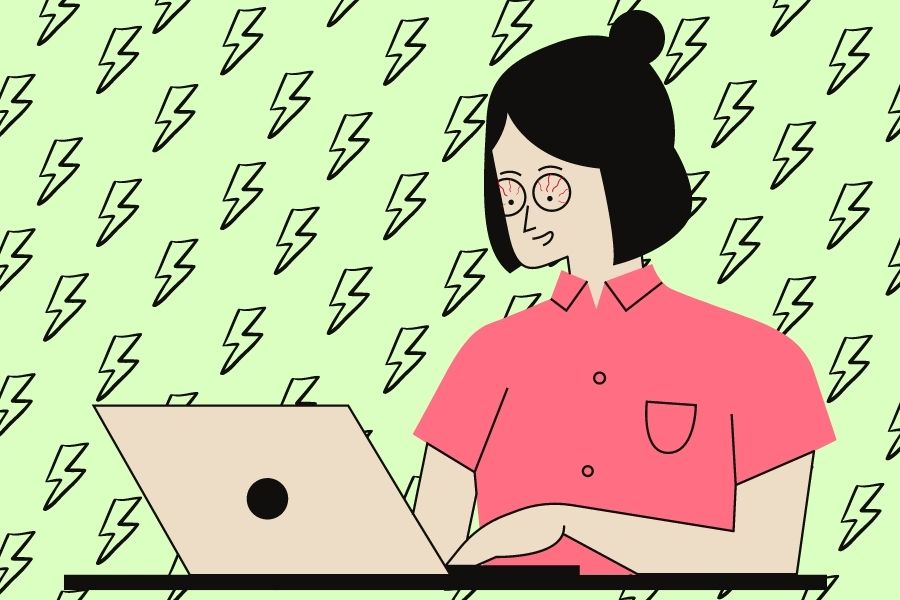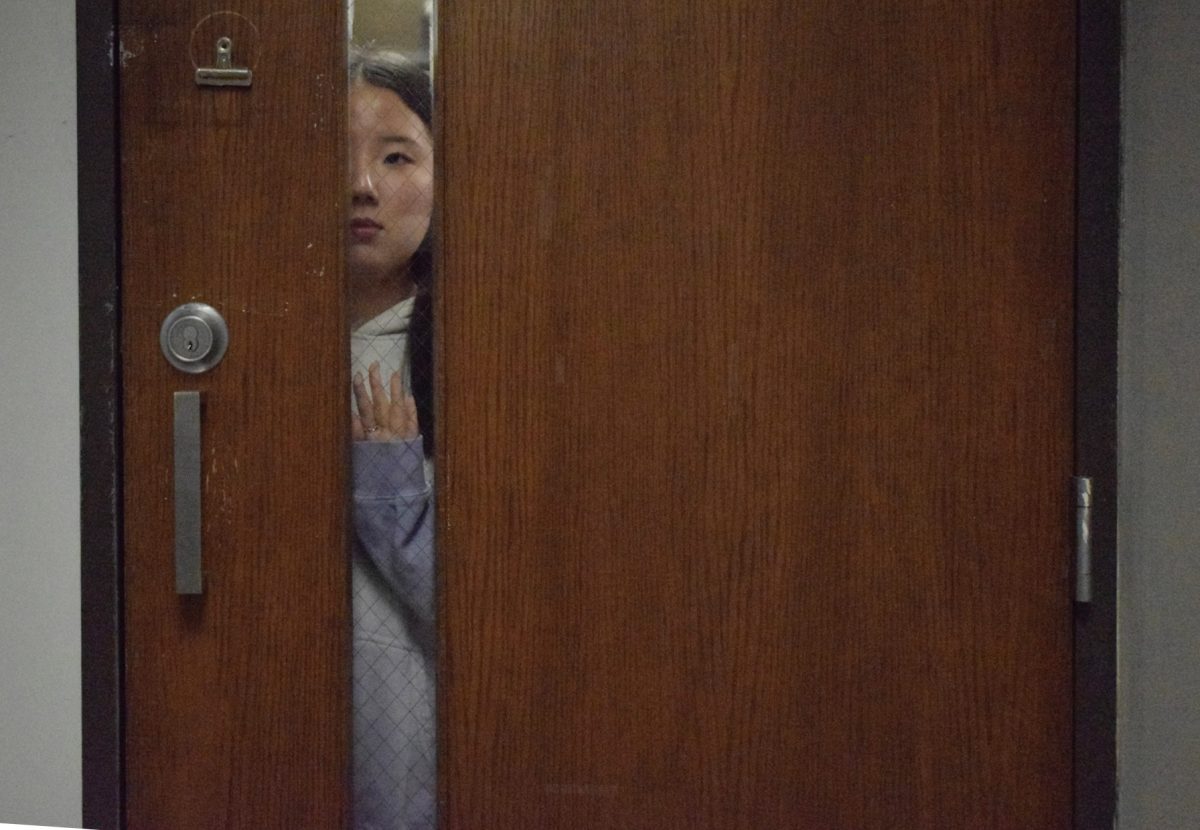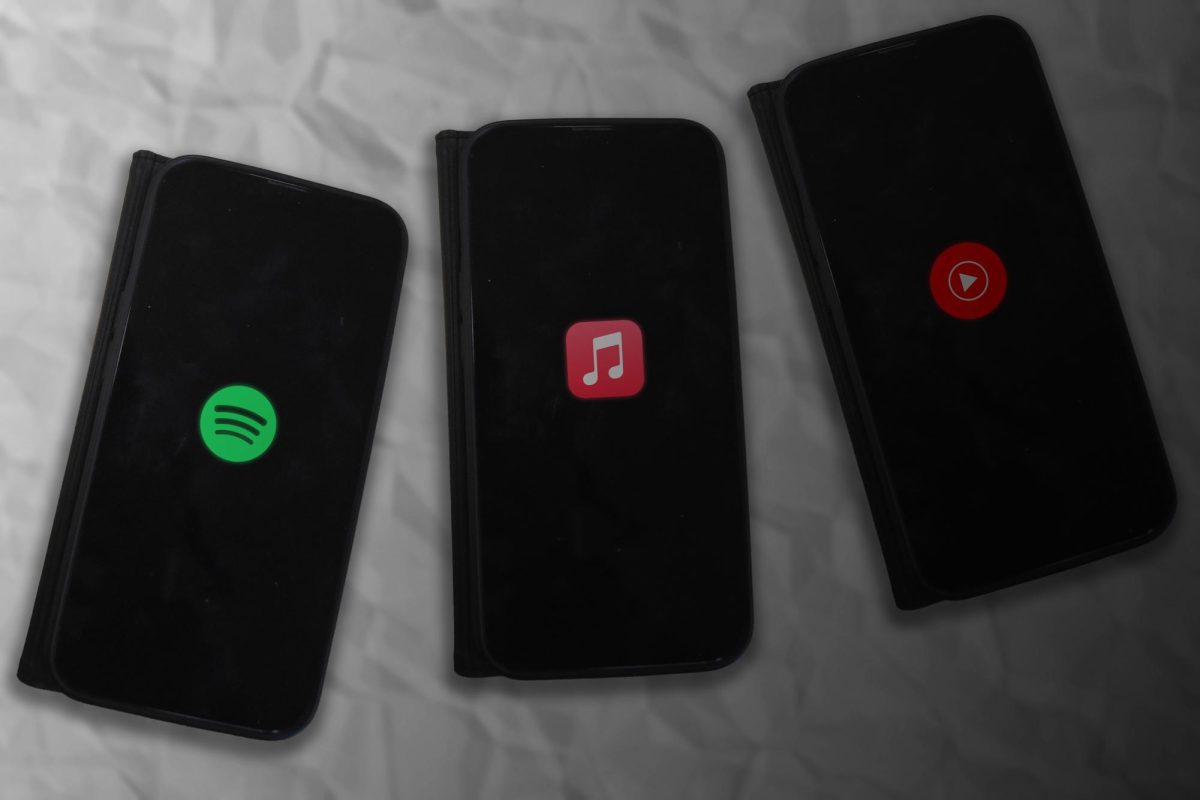Your inbox tab runs a tally of all your unread emails. Zoom merrily chimes every time a participant is let in from the waiting room. YouTube takes advantage of an extensive algorithm to keep you falling down the Internet ŌĆ£rabbit holeŌĆØ we all know too well. Software is engineered to fuel our addiction and in a world where our classes, friends and information are all online, it becomes virtually impossible to escape. Virtual school and virtual campus deepen our reliance on technology; instead of using this as an excuse to run back to school, however, we should be making more mindful choices about how we spend our time outside of school.
Most of us are already mildly addicted to our screens. Every aspect of technology that is trying to make money tries to take advantage of dopamine release, the key to establishing addictive behaviors. Engineers design technology features to intentionally take advantage of our reward pathways, fueling addiction. Each time these pathways of neurons fire and we are rewarded with dopamine for a behavior, it makes the next reward even more intense, which makes you want to repeat the behavior to gain more reward. The motivation checks out: the more engagement, the more profit social media and technology companies make through advertisements and constantly selling newer, faster devices.
There are two main aspects of our humanity that technology takes advantage of to trigger reward pathways. The first is our inherent need for social stimulus. Apps like Instagram and Snapchat have provided a world of digital interaction where every time you hear the buzz that accompanies a snap or a post notification, you satisfy this craving for social stimulation and get a small rush of dopamine. We are essentially being clicker trained to expect something good every time our devices buzz or ding. Despite becoming increasingly necessary for school-related communication, Zoom, emails and Google Chat are based on the same technology. Since there is no way to get around using these platforms, however, we must be more conscious of the time we spend strengthening our addictions outside of school.┬Ā
The second aspect of humanity exploited by software engineers is our propensity for curiosity-driven exploration. The entire internet is at our hands to satisfy our inherent thirst for knowledge, and when this thirst is satiated, our brain rewards us with dopamine. Algorithmic suggestions and artificial intelligence have made this even easier, because these softwares satisfy your curiosity and show you what you want to see without you having to think up a search term and find it yourself. Think about scrolling through YouTube: the app automatically suggests videos it knows we will like in quick suggestion, easily igniting our curiosity through thumbnails and titles and locking in our attention for the next few hours.
These engineered triggers foster a subconscious, compulsive desire to engage more with technology by stimulating our emotions and can affect our physical, mental and emotional health. The embedded Adobe Spark presentation below has more information on studies conducted on some of these effects.
Every day, we log onto our Chromebooks and unlock our phones and let ourselves fall for these triggers. We canŌĆÖt stop the small burst of endorphins when Quizlet showers dancing emojis to celebrate getting a question right. It feels powerless; it feels like weŌĆÖre caged in and thereŌĆÖs no easy solutionŌĆōsave going back to school in-person completely. However, this option is dangerous given the current situation. The only thing we can do is to minimize our screen time wherever we can.
We often reach first for our phones after school as a reward after a long day of e-learning, but it is unnecessary and only strengthens our addiction. Breaking addiction is like strengthening a muscle. The more we work out, the easier it gets, and the bigger the challenges we can take on.┬Ā
You can strengthen your efforts to stay away from screens by setting screen-free zones like your bedroom or even just your bed, creating time limits on your phone that encourage you to keep your phone down and check it less often. Make use of the five minute breaks between classes to close your eyes or stretch or just lay on your floor. Take 30 second eye breaks during class simply by closing your eyes. Go outside. Read a book. Play sports. Do some yoga. Listen to music. Take a nap. Do something that brings you joy.┬Ā
Time is so valuable and so is how we choose to spend it. How we spend our time each day builds up over days, weeks, months and years to eventually become a lifestyle. In this virtual world, we often have no choice but to be on a screen all day. But by falling for the hardwired hooks that keep us engaged online even after the Zoom-school day is over, life can take an even greater nosedive. In the end, it all comes down to finding a balance between the real world and the virtual one.┬Ā
For more information, check out our presentation and sources below:
Adobe Spark Sources (secondary sources within each category in parentheses): Physical health; Nutrition (metabolic syndrome definition); Mental health (social media and mental health specifically); Rest; Focus and concentration (Aric Sigman interview)






![Sitting courtside before a junior varsity girlsŌĆÖ tennis match, senior Tanisi Saha rushes to finish her homework. Saha has found herself doing academic work during her athletic activities since her freshman year. ŌĆ£Being in sports has taught me how to stay organized and on top of my schoolwork. [With] a busy practice and game schedule, IŌĆÖve learned to manage my homework and study time better,ŌĆØ Saha said.](https://pwestpathfinder.com/wp-content/uploads/2025/11/DSC_0022-1200x800.jpg)
![Sophomore Maryem Hidic signs up for an academic lab through Infinite Campus, a grading and scheduling software. Some students enjoyed selecting their responsive schedule in a method that was used school-wide last year. ŌĆ£I think it's more inconvenient now, because I can't change [my classes] the day of, if I have a big test coming and I forget about it, I can't change [my class],ŌĆØ sophomore Alisha Singh said.](https://pwestpathfinder.com/wp-content/uploads/2025/10/DSC_0012-1200x801.jpg)
![Senior Dhiya Prasanna examines a bottle of Tylenol. Prasanna has observed data in science labs and in real life. ŌĆ£[I] advise the public not to just look or search for information that supports your argument, but search for information that doesn't support it,ŌĆØ Prasanna said.](https://pwestpathfinder.com/wp-content/uploads/2025/10/DSC_0073-2-1200x800.jpg)
![Junior Fiona Dye lifts weights in Strength and Conditioning. Now that the Trump administration has instituted policies such as AI deregulation, tariffs and university funding freezes, women may have to work twice as hard to get half as far. "[Trump] wants America to be more divided; he wants to inspire hatred in people,ŌĆØ feminist club member and junior Clara Lazarini said.](https://pwestpathfinder.com/wp-content/uploads/2025/05/Flag.png)
![As the Trump administration cracks down on immigration, it scapegoats many immigrants for the United StatesŌĆÖ plights, precipitating a possible genocide. Sophomore Annabella Whiteley moved from the United Kingdom when she was eight. ŌĆ£ItŌĆÖs pretty scary because IŌĆÖm on a visa. When my visa expires next year, IŌĆÖm not sure whatŌĆÖs going to happen, especially with [immigration] policies up in the air, so it is a concern for my family,ŌĆØ Whiteley said.](https://pwestpathfinder.com/wp-content/uploads/2025/05/DSC_0077-7copy.jpg)
![Shifting global trade, President Donald TrumpŌĆÖs tariffs are raising concerns about economic stability for the U.S. and other countries alike. ŌĆ£[The tariffs are] going to pose a distinct challenge to the U.S. economy and a challenge to the global economy on the whole because it's going to greatly upset who trades with who and where resources and products are going to come from,ŌĆØ social studies teacher Melvin Trotier said.](https://pwestpathfinder.com/wp-content/uploads/2025/05/MDB_3456-1200x800.jpg)



![Some of the most deadly instances of gun violence have occurred in schools, communities and other ŌĆśsafe spacesŌĆÖ for students. These uncontrolled settings give way to the need for gun regulation, including background and mental health checks. ŌĆ£Gun control comes about with more laws, but there are a lot of guns out there that people could obtain illegally. What is a solution that would get the illegal guns off the street? We have yet to find [one],ŌĆØ social studies teacher Nancy Sachtlaben said.](https://pwestpathfinder.com/wp-content/uploads/2025/01/DSC_5122-1200x800.jpg)

![Sophomore Shree Sikkal Kumar serves the ball across the court in a match against Lindbergh. Sikkal Kumar has been a varsity member of the varsity girlsŌĆÖ tennis team for two years, helping her earn the number two rank in Class 2 District 2.ŌĆ£When matches are close, itŌĆÖs easy to get nervous, but I [ground] myself by[staying] confident and ready to play,ŌĆØ Sikkal Kumar said.](https://pwestpathfinder.com/wp-content/uploads/2025/11/DSC2801-1200x798.jpg)
![Dressed up as the varsity girlsŌĆÖ tennis coach Katelyn Arenos, senior Kate Johnson and junior Mireya David hand out candy at West HighŌĆÖs annual trunk or treat event. This year, the trunk or treat was moved inside as a result of adverse weather. ŌĆ£As a senior, I care less about Halloween now. Teachers will bring their kids and families [to WestŌĆÖs Trunk or Treat], but there were fewer [this year] because they just thought it was canceled [due to the] rain. [With] Halloween, I think you care less the older you get,ŌĆØ Johnson said.](https://pwestpathfinder.com/wp-content/uploads/2025/10/DSC00892-1-1200x800.jpg)
![Focused on providing exceptional service, sophomore Darsh Mahapatra carefully cleans the door of a customerŌĆÖs car. Mahapatra has always believed his customers deserve nothing less than the best. ŌĆ£[If] theyŌĆÖre trusting us with their car and our service, then I am convinced that they deserve our 100 percent effort and beyond,ŌĆØ Mahapatra said.](https://pwestpathfinder.com/wp-content/uploads/2025/10/DSC_0018-1200x800.jpg)
![Sophomore Aleix Pi de Cabanyes Navarro (left) finishes up a soccer game while junior Ava Muench (right) warms up for cross country practice. The two came to Parkway West High School as exchange students for the 2025-2026 school year. ŌĆ£The goal for the [exchange] program is to provide opportunities for both Parkway students and our international exchange students to learn about other cultures, build connections and become confident, capable, curious and caring ŌĆö ParkwayŌĆÖs Four CŌĆÖs ŌĆö in the process,ŌĆØ Exchange Program Lead Lauren Farrelly said.](https://pwestpathfinder.com/wp-content/uploads/2025/10/Feature-Photo-1200x800.png)
![Leaning on the podium, superintendent Melissa Schneider speaks to Parkway journalism students during a press conference. Schneider joined Parkway in July after working in the Thompson School District in Colorado. ŌĆ£My plan [to bond with students] is to get things on my calendar as much as possible. For example, being in [classes] is very special to me. I am trying to be opportunistic [meeting] kids [and] being in [the school] buildings. I have all the sports schedules and the fine arts schedules on my calendar, so that when I'm available, I can get to them,ŌĆØ Schneider said.](https://pwestpathfinder.com/wp-content/uploads/2025/09/IMG_5425-1200x943.jpeg)
![Gazing across the stage, sophomore Alexis Monteleone performs in the school theater. The Monteleone familyŌĆÖs band ŌĆ£Monte and the MachineŌĆØ has been releasing music since 2012, but Alexis started her own solo career in 2024 with the release of her first single, Crying Skies. ŌĆ£My whole family is very musical, [and I especially] love writing [songs with them],ŌĆØ Monteleone said.](https://pwestpathfinder.com/wp-content/uploads/2025/09/DSC7463-1200x798.jpg)

![Leaping through the air, senior Tyler Watts celebrates his first goal of the season, which put the Longhorns up 1-0 against the Lafayette Lancers. Watts decided to play soccer for West for his last year of high school and secured a spot on the varsity roster. ŌĆ£[Playing soccer for West] is something I had always dreamed of, but hadnŌĆÖt really had a good opportunity to do until now. ItŌĆÖs [really] fun being out [on the field], and IŌĆÖm glad I decided to join the team. ItŌĆÖs just all about having fun with the boys and enjoying what time we have left together,ŌĆØ Watts said.](https://pwestpathfinder.com/wp-content/uploads/2025/09/DSC_1951-1200x855.jpg)


